Your menstrual cycle doesn’t have to feel like a monthly mystery or a test you didn’t study for. What you put on your plate can actually make a noticeable difference in how you feel before and during your period. Think of these 13 foods that support a healthy menstrual cycle as your body’s sidekicks, quietly helping to keep cramps down, energy up, and mood swings from stealing the show.
No need to stress over complicated meal plans or fancy ingredients. There are plenty of everyday foods that can step up and do their job without making things harder. When you fuel yourself right, your cycle can become less of a hassle and more just another part of life you handle like a pro. Let’s talk about some great options that can help you feel your best, month after month.

Nuts and Seeds

Nuts and seeds like flaxseeds, chia seeds, and walnuts are excellent sources of omega-3 fatty acids and magnesium, both of which play key roles in hormone regulation and reducing muscle cramps. Additionally, these foods contain fiber that supports digestive health and helps maintain steady blood sugar levels, which can influence mood and energy. The antioxidants found in nuts and seeds help combat inflammation, which may lessen menstrual discomfort. Regular consumption can help maintain balanced hormone levels and promote improved menstrual well-being.
Sweet Potatoes

Known for their complex carbohydrates, sweet potatoes help maintain stable blood sugar levels, which is important for mood and energy regulation throughout the menstrual cycle. Rich in vitamin A, they support hormone production and immune health. Their high fiber content promotes digestive regularity, reducing the likelihood of bloating and discomfort. Additionally, sweet potatoes contain potassium and magnesium, minerals that aid muscle relaxation and can help alleviate cramps. Including sweet potatoes in meals can contribute to sustained energy and support the body’s needs during menstruation.
Avocados
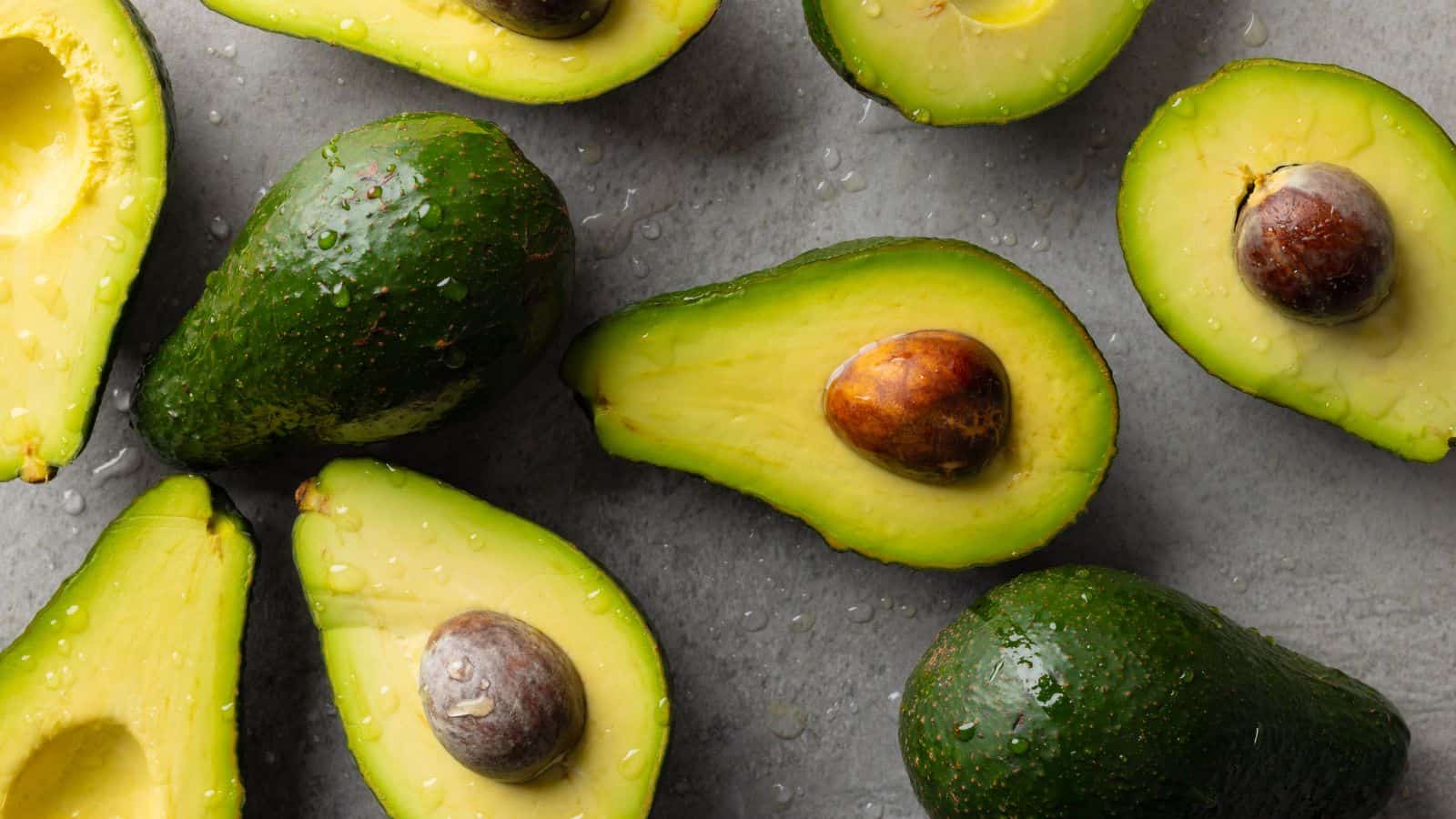
Containing healthy monounsaturated fats, avocados support hormone synthesis and balance. Vitamin E, abundant in avocados, acts as an antioxidant that may help reduce inflammation and muscle cramps. The creamy texture is also a source of fiber, which aids digestion and helps maintain steady blood sugar levels. Potassium content assists in regulating fluid balance, potentially reducing bloating. Adding avocados to the diet can support reproductive health and alleviate some common menstrual discomforts by nourishing the body with essential nutrients.
Legumes

Packed with plant-based protein and iron, legumes like lentils and chickpeas are valuable for replenishing nutrients lost during menstruation. Iron supports healthy blood levels and reduces fatigue, while protein aids in muscle repair and energy stability. The fiber found in legumes improves digestion and helps prevent constipation, a common issue during periods. Additionally, legumes contain B vitamins that assist in hormone regulation. Incorporating these foods can help maintain strength and reduce symptoms associated with menstrual cycles.
Salmon

Salmon is rich in omega-3 fatty acids, which have anti-inflammatory properties that may help ease menstrual pain and reduce swelling. These healthy fats also support brain function and mood regulation, which can be beneficial during hormonal fluctuations. Salmon contains vitamin D and B vitamins that contribute to hormone synthesis and energy production. The protein content helps maintain muscle strength and stabilize blood sugar levels, potentially reducing mood swings and fatigue. Incorporating salmon into the diet can assist in managing common menstrual symptoms through its nutrient-dense profile.
Turmeric
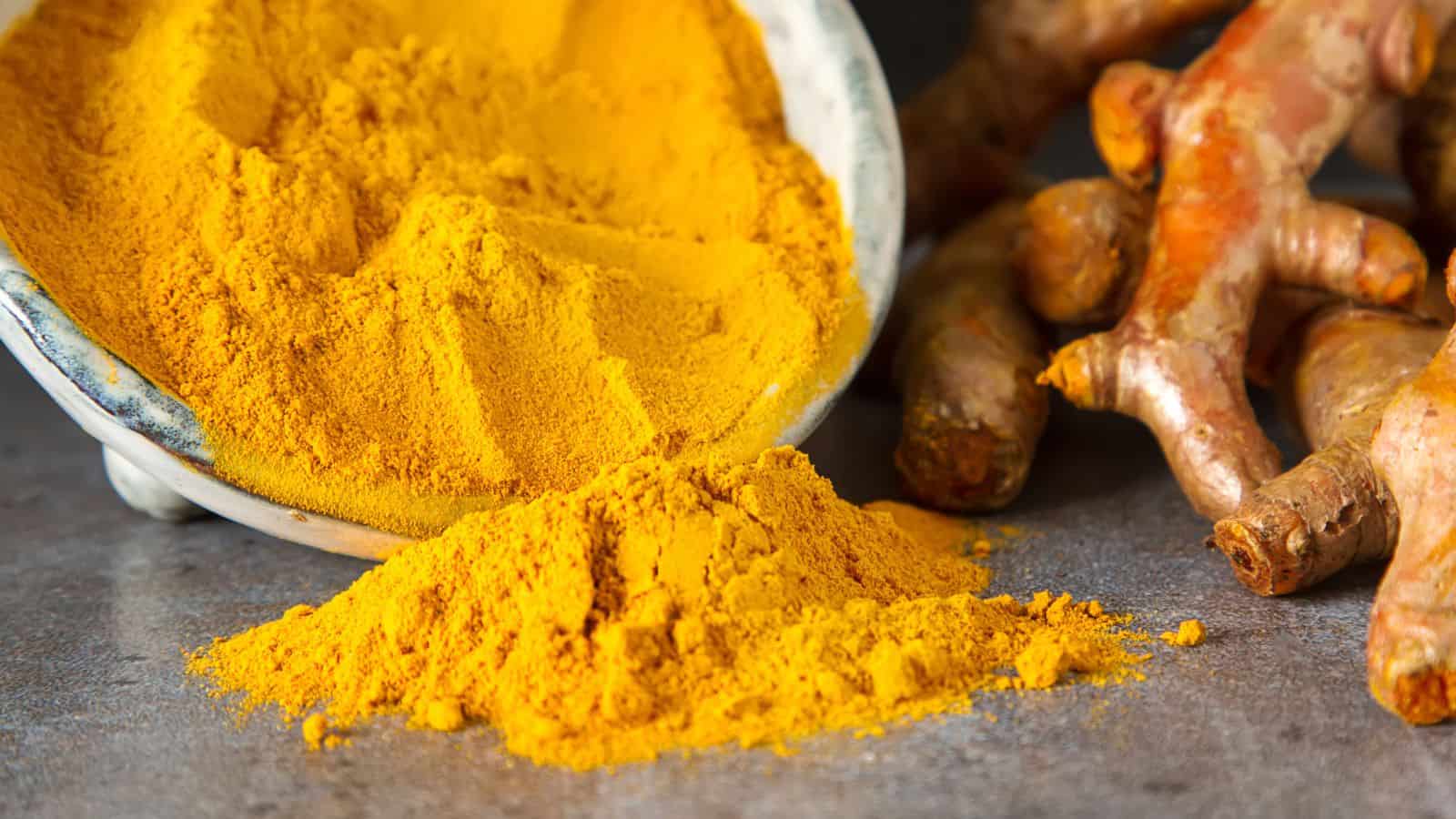
Known for its powerful anti-inflammatory compounds, turmeric can help reduce menstrual pain and swelling. Curcumin, the active ingredient, works to decrease inflammation and support the body's natural healing processes. This spice may also help balance hormones and improve circulation, which can alleviate discomfort during menstruation. Incorporating turmeric into meals or beverages can help manage pain and support reproductive health. Its natural properties make it a valuable addition to a diet aimed at easing menstrual symptoms.
Yogurt

Containing probiotics, yogurt supports a healthy gut microbiome, which plays a significant role in hormone metabolism and immune function. The calcium found in yogurt may help reduce menstrual cramps by aiding muscle relaxation. Protein content helps stabilize blood sugar levels, which can influence mood and energy. Some varieties also contain vitamin D, which supports hormone balance. Regular consumption of yogurt can assist in managing digestive issues and inflammation often experienced during menstruation, contributing to a more comfortable cycle.
Bananas
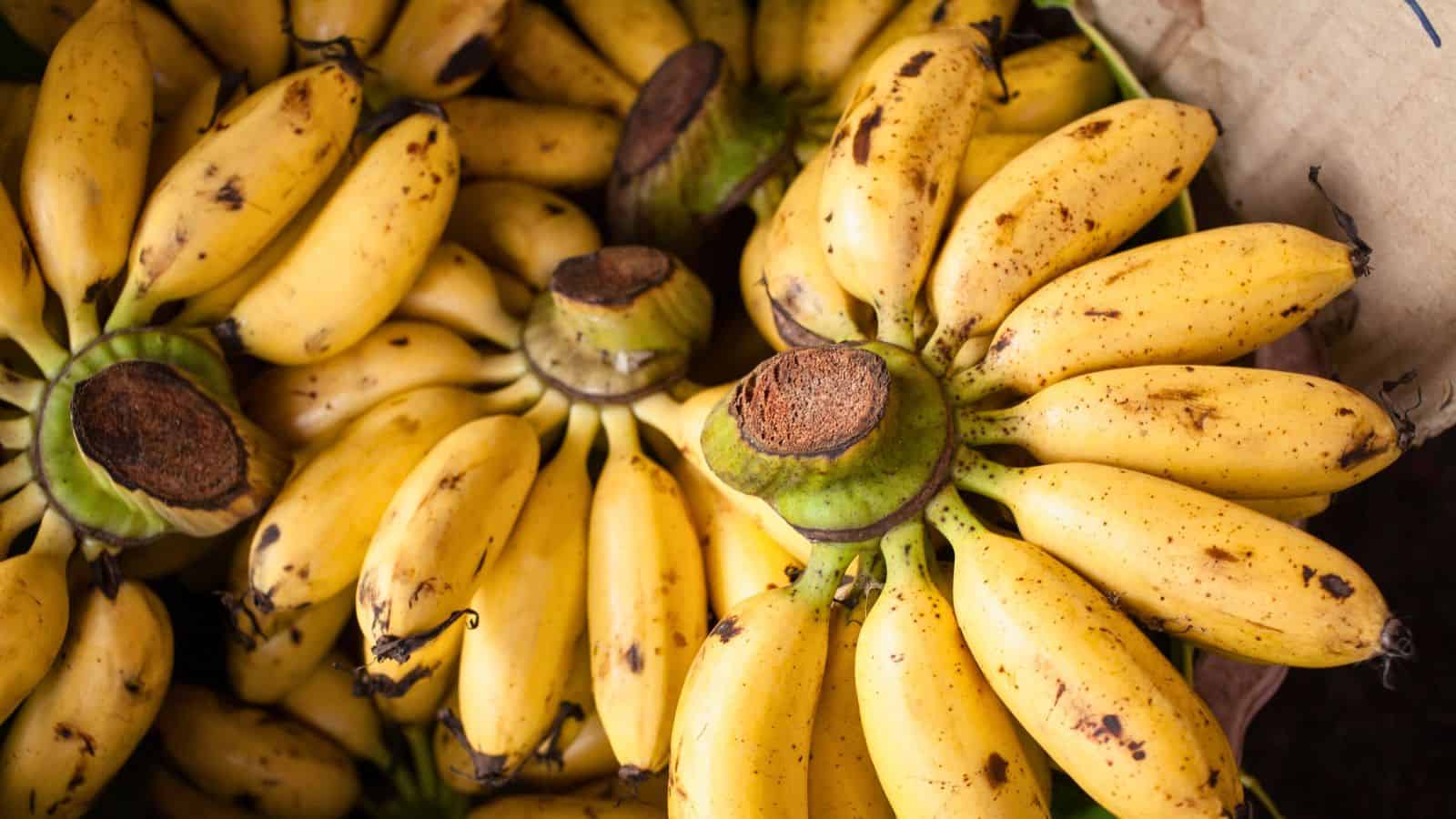
Bananas are a rich source of potassium, a mineral that helps regulate fluid balance and muscle function, making them helpful in reducing bloating and muscle cramps during menstruation. They also contain vitamin B6, which may help alleviate mood swings and irritability by supporting the production of neurotransmitters. The natural sugars in bananas are a quick source of energy, helping to combat fatigue often experienced during periods. Additionally, their fiber content aids digestion and promotes regular bowel movements, which can be beneficial in managing menstrual-related digestive discomfort.
Watermelon

High water content in watermelon helps maintain hydration and can reduce water retention, which often contributes to bloating during menstruation. Natural sugars give a gentle energy boost without causing spikes in blood sugar. The fruit also contains antioxidants such as lycopene, which help combat inflammation. Its light and refreshing nature can soothe digestive discomfort and support the body's cleansing processes during the menstrual cycle. Including watermelon can help reduce swelling and promote comfort during menstruation.
Whole Grains
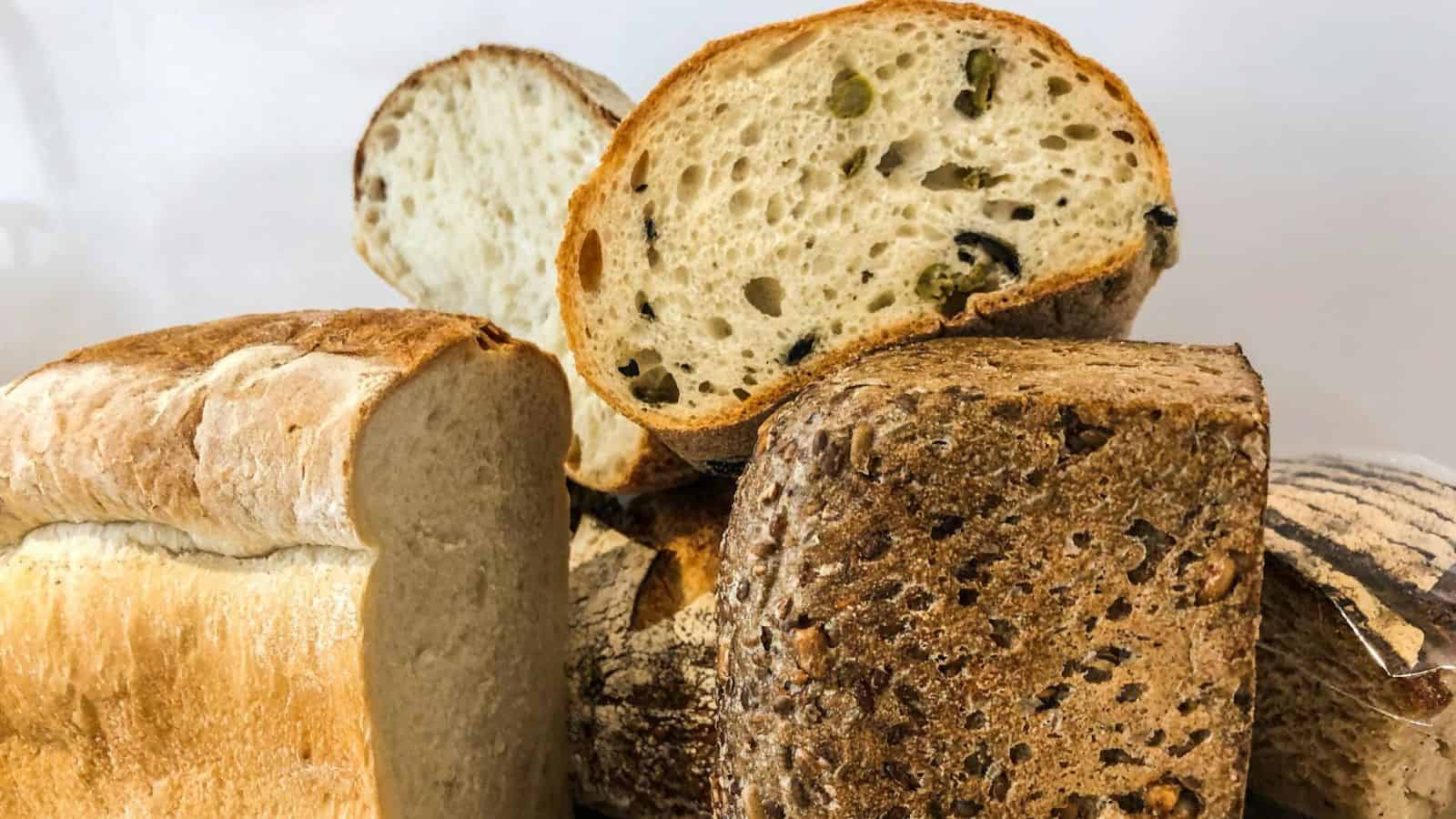
Rich in fiber and B vitamins, whole grains play an important role in hormone metabolism and energy production. The fiber content supports digestive health by promoting regular bowel movements, which can help reduce bloating and discomfort during menstruation. Complex carbohydrates found in whole grains contribute to stable blood sugar levels, helping to manage mood swings and fatigue. Incorporating whole grains such as brown rice and oats can support sustained energy and contribute to balanced hormonal function throughout the menstrual cycle.
Leafy Greens

Leafy greens such as spinach and kale contain high levels of iron, which is crucial for replenishing the body's stores after menstrual bleeding. They are also rich in magnesium, a mineral known to help relax muscles and reduce the intensity of cramps. In addition, these vegetables contain vitamins A, C, and K, which support blood health and reduce inflammation. Their fiber content aids digestion, helping to alleviate bloating and discomfort that can accompany menstruation. Including leafy greens in meals can support hormonal balance and improve energy levels during the cycle.
Dark Chocolate

Magnesium is abundant in dark chocolate, a mineral known to ease muscle cramps and improve mood during menstruation. Its antioxidant properties help combat inflammation and oxidative stress that can worsen menstrual symptoms. Consuming moderate amounts may help reduce cravings for sugary snacks while supporting emotional well-being. The slight bitterness of dark chocolate can have a calming effect on the nervous system, potentially reducing feelings of anxiety or irritability associated with hormonal changes. Choosing dark chocolate with high cocoa content maximizes these benefits.
Berries
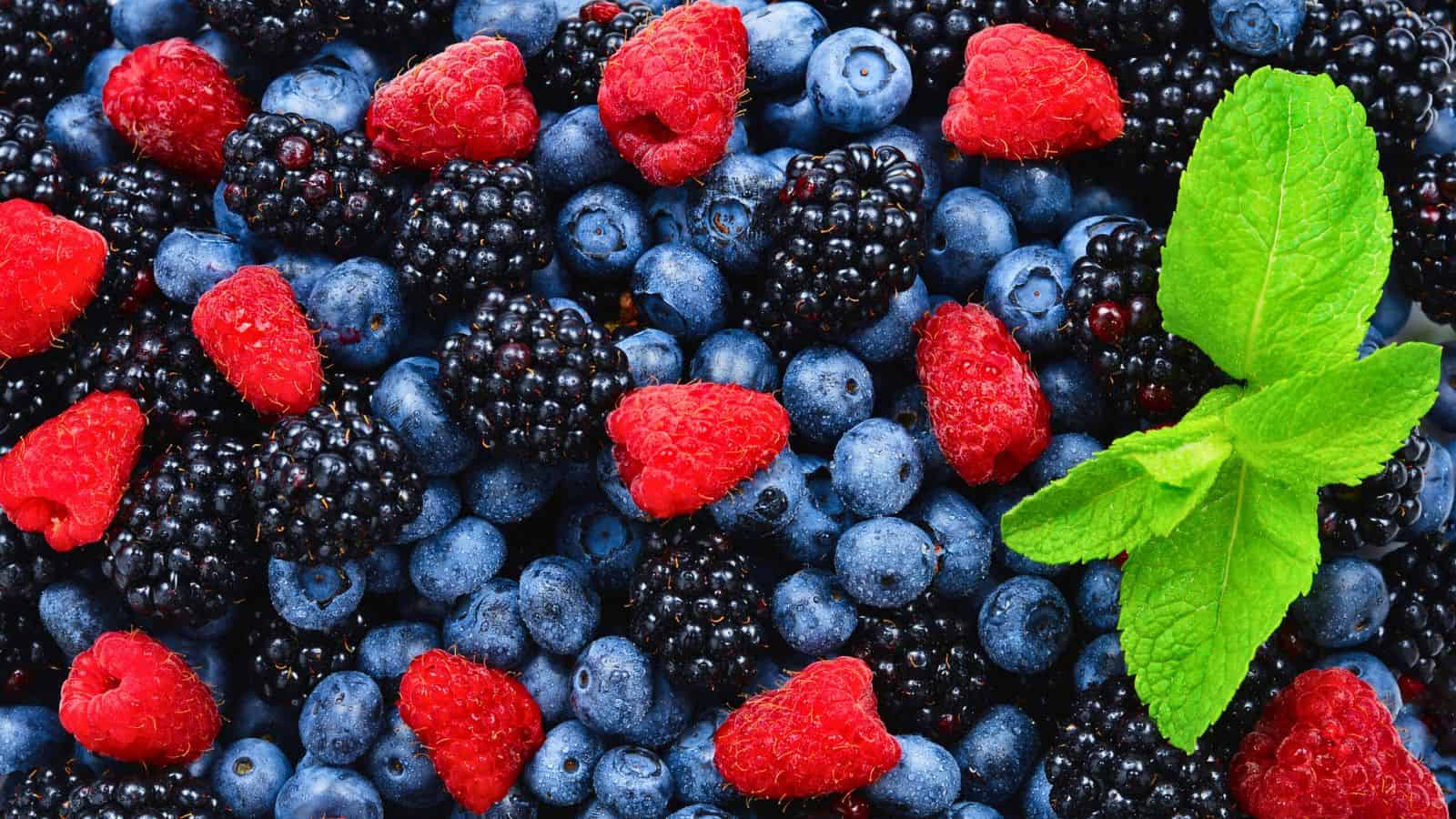
Berries such as blueberries and strawberries are packed with antioxidants, which help protect cells from oxidative stress and inflammation that can worsen menstrual symptoms. They contain vitamin C, essential for tissue repair and immune function, which supports the body during menstruation. The natural sweetness of berries can also help reduce cravings for less nutritious snacks. Their high water and fiber content aid in digestion and reduce bloating. Including a variety of berries in the diet can support the body's resilience during the menstrual cycle and help maintain stable energy levels.
Period Power Starts on Your Plate

Taking care of your menstrual cycle doesn’t have to be complicated or overwhelming. By making a few smart food choices, you can help your body handle those monthly ups and downs a little more smoothly. It’s about working with your body, not against it, and finding easy ways to support yourself without adding extra hassle.
Remember, small changes can add up to big improvements in how you feel each month. You don’t need to overhaul your entire diet; focus on including some great foods that help keep things balanced. With a bit of attention and the right fuel, managing your cycle can become less of a chore and more just part of your routine. Here’s to feeling a little better, every single month.
Foods That Fight Arthritis Pain and Support Joint Health

Living with arthritis can be a daily challenge, but the right foods can make a real difference. What you eat plays a crucial role in managing symptoms and enhancing your overall quality of life. While medications and treatments are essential, a great diet can be a powerful ally. These 11 foods for arthritis are rich in nutrients that help combat inflammation and support joint health.
Read it Here: 11 Foods That Fight Arthritis Pain and Support Joint Health
Foods That Help Promote Healthy and Regular Bowel Movements

Keeping your digestion running smoothly doesn’t have to be complicated. When your bowel movements are regular and comfortable, life just feels better. These 13 foods that promote healthy bowel movements soften stool and add the right amount of bulk, making it easier for things to move along naturally. They also work with your body to support healthy digestion and reduce discomfort.
Read it Here: 13 Foods That Help Promote Healthy and Regular Bowel Movements






Tell Me What You Think!